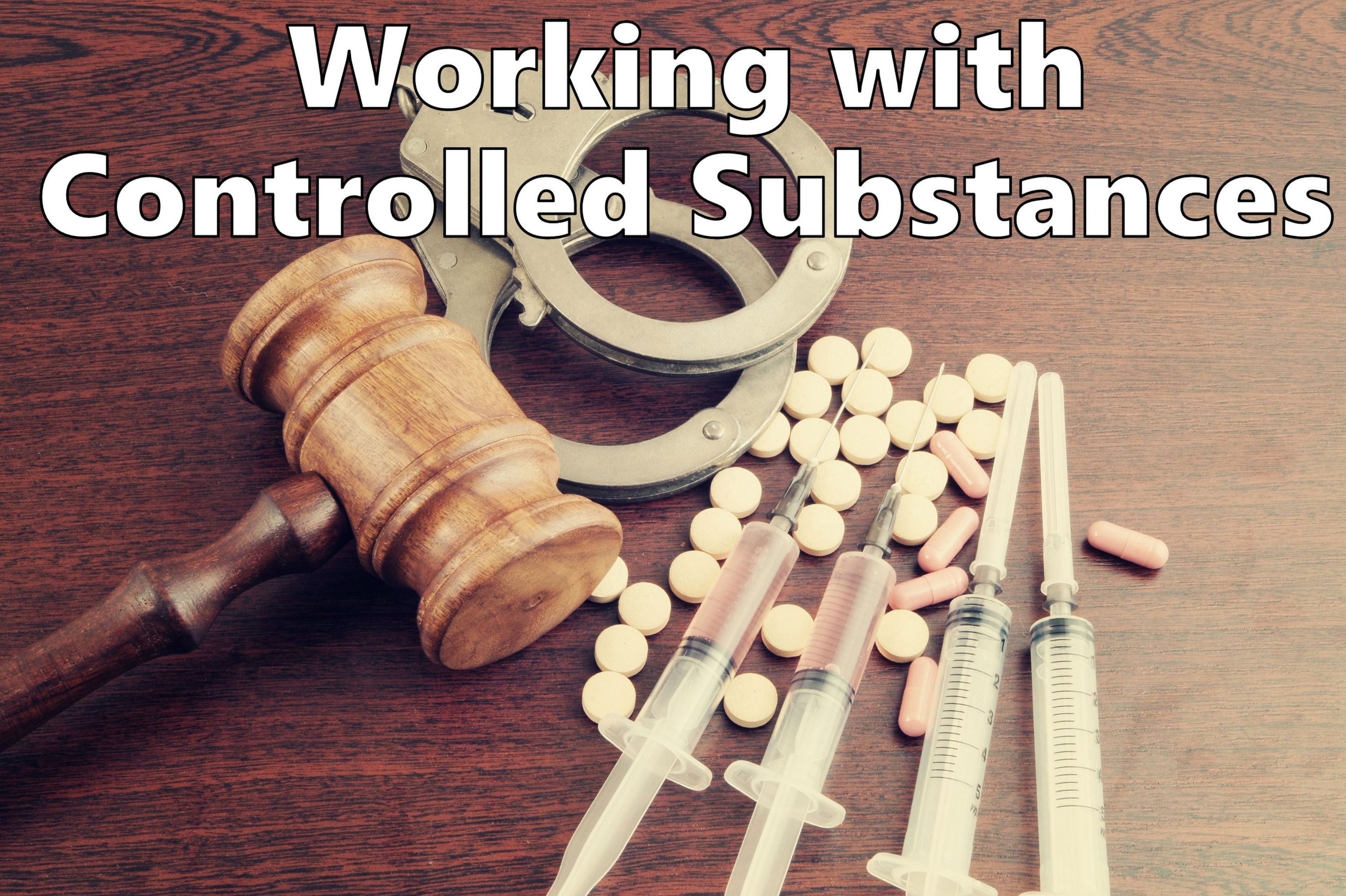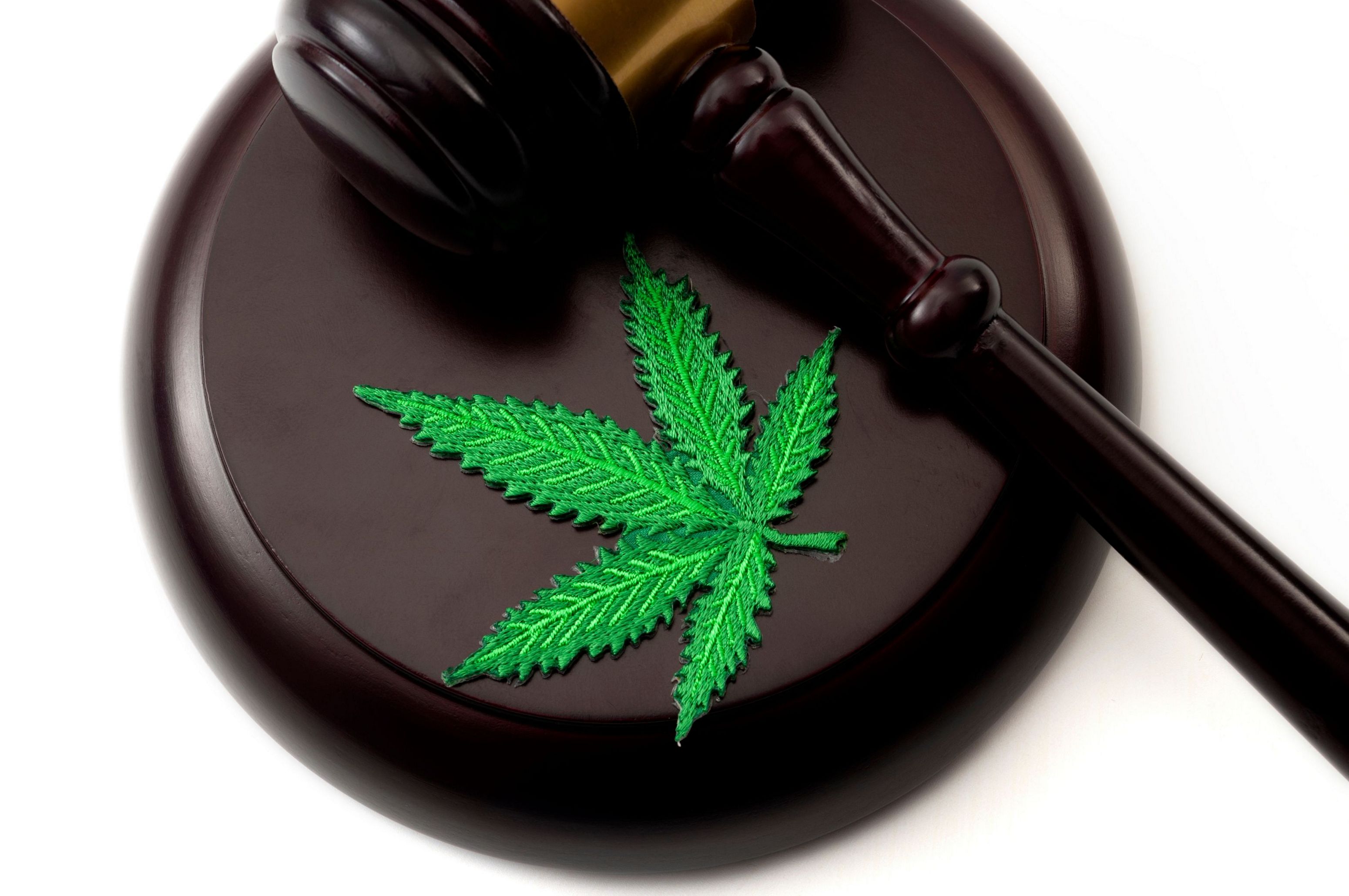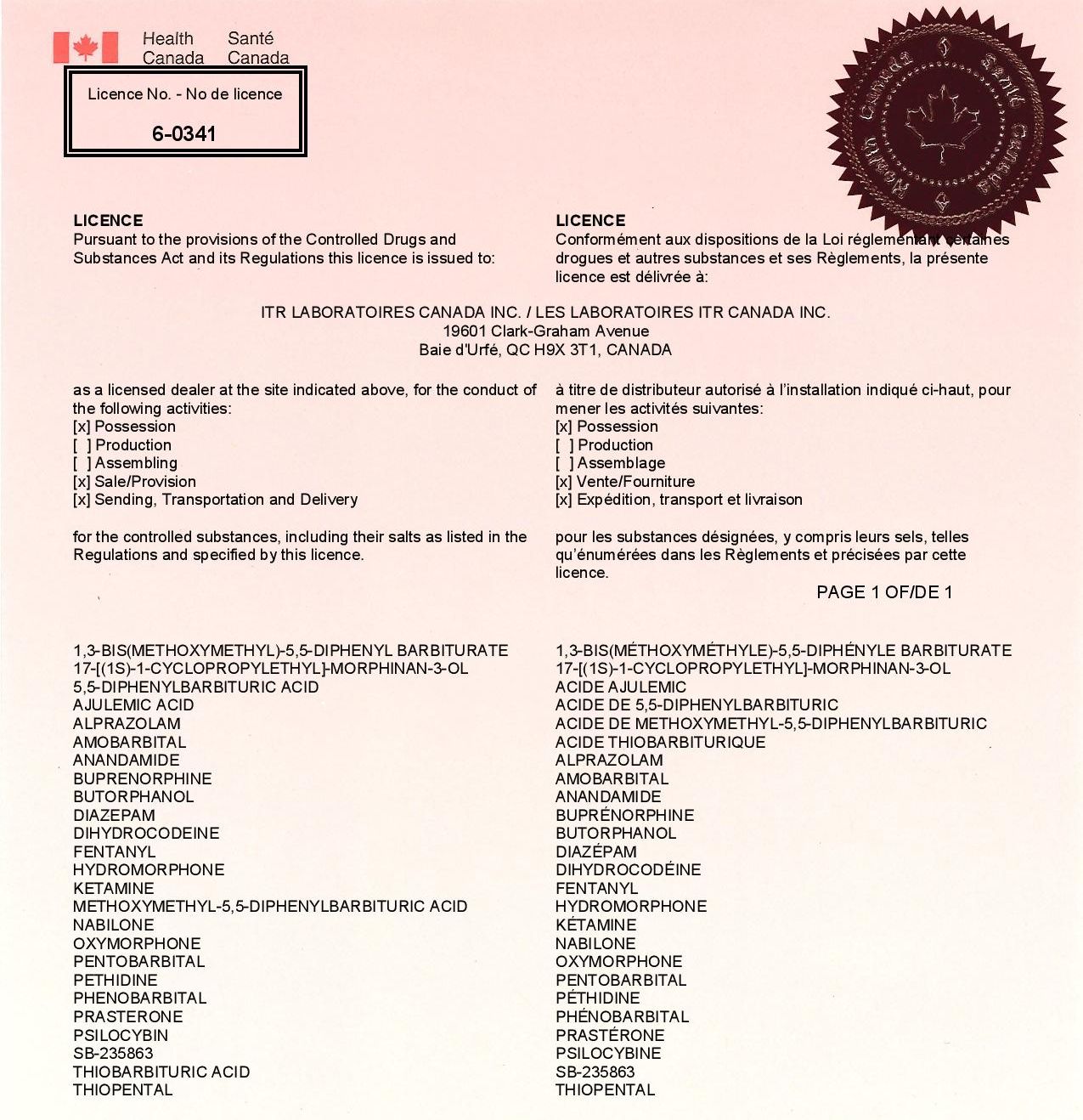
In 2018, Canada passed the Cannabis act, legalizing recreational cannabis use nationwide. More recently in the USA, the 2020 election saw New Jersey, Arizona, Montana and South Dakota do much the same while Oregon decriminalized harder drugs such as heroin, methamphetamine, cocaine and psychedelic mushrooms. These developments are further reflecting cultural movements away from the War on Drugs that followed the 1960s era. While drug laws have slowly become more and more relaxed as time has passed, medical research related to the more regulated drugs remains difficult to navigate compared to other substances developed for pharmaceutical purposes. In this newsletter, we will do a broad overview of controlled substance regulations in the USA, the United Kingdom and Canada, will discuss the obstacles that must be navigated related to non-clinical study of controlled substances, and we will present ITRs experience and capabilities related to research with controlled substances.
Regulation related to controlled substances differs across various countries but the underlying goal is consistent and their categorization systems are similar. The 1970s Controlled Substances Act in the United States classified drugs into 5 schedules based on their medical applications, safety and potential for abuse with schedule 5 being the least restrictive. A substance is classified under schedule 1 when three criteria are met: high abuse potential, no currently accepted medical usage and lack of accepted safety for use under medical supervision.

The United Kingdom uses a two-dimensional approach. The Misuse of Drugs Act categorizes substances into three classes; A, B and C with class A being the most harmful and class C being the least. These classes determine the penalties associated with possession or supply. The Misuse of Drugs Regulations then further classifies the same substances into five schedules to reflect their categorizations in the United Nations from 1961 and 1971 conventions. These regulations are used to determine clinical applications of the drug as well as how they should be stored and labelled.

In Canada, The Controlled Drugs and Substances Act classifications are similar to the United States system with a few differences for specific substances. For example, cannabis is a schedule 2 drug in Canada, but it is schedule 1 in the United States. These regulations are intended to keep dangerous substances out of the hands of the general public because they have been demonstrated to be public health hazards.

In pursuing this goal however, medical research into the safety and medicinal use of many controlled substances has been impeded. Over time, substances that were previously considered to have no medical use have indeed shown some medical benefits and regulations regarding some of these substances have relaxed in some regions.

Access to controlled substances for medical research comes with a variety of obstacles including finding a supplier, securing research funding, obtaining licenses and permits, increased security protocols and additional paperwork for each facility handling the substance. Medical research requires test items to be produced under Good Manufacturing Practice (GMP), much like Good Laboratory Practice (GLP), GMP is a system of strict quality control.

In order to produce controlled substances, facilities certified as GMP also require additional licenses and they must obtain permits to export those substances to the laboratories performing the non-clinical or clinical trials. The extra labor required to obtain licenses and permits for production and export of controlled substances increases production costs and many manufacturers will choose to avoid dealing with controlled substances as a result.
Applying for grants or securing funding for research with controlled substances is generally more difficult compared to research with uncontrolled substances. A large proportion of early medical research is performed in hospitals and universities, and their respective ethics oversight committees are more hesitant to approve research with controlled substances due to their reputation as dangerous drugs. This hesitation also contributes to manufacturers hesitancy with production of controlled substances as their potential customer pool is small and investing in licenses and protocols may not provide a good return on investment.
If an acceptable supplier has been located and funding for the research has been secured, the nonclinical research needs to be placed with a properly licensed facility that has the necessary security protocols to handle and safely store controlled substances.
With increasing global movement towards legalization of controlled substances, preclinical research into their safety is becoming more and more important. ITR is licensed to work with controlled substances, having performed work with substances such as: Cannabis, Psilocybin, Barbituates, Fentanyl, Ketamine, Diazepam and many more.

The procedure to initiate a study with a controlled substance can take up to 14 weeks longer than for studies with uncontrolled substances, the procedure it outlined below.
The first two steps are applying for a S56 exemption and applying to add the name of the substance to ITRs license. A S56 exemption from the Health Canada Office of Controlled Substances (OCS) is required to use the test item in any in vivo studies. Filing for this exemption requires a signed final study plan and approval from ITRs Institutional Animal Care and Use Committee. It can take up to 70 days for Health Canada to review this submission. ITR must also file the name and chemical structure of the test item to the OCS to have the name added to the license, this will allow ITR to receive the substance. Health Canada can take up to 45 days to review and approve the license application. The S56 exemption and license steps are performed in parallel.
When the study requires the use of large animals such as dogs or non-human primates, an Experimental Studies Certificate is required from the Veterinary Drugs Directorate (VDD). The VDD can take up to 45 days to review. Filing for this certificate requires the same documents as are required from the S56 exemption from the OCS and are therefore also be performed in parallel to S56 and the license filings.
Once the test item appears on ITRs license, an import permit is needed if the test item is being shipped to ITR from outside Canada. This permit can take up to 42 days to be granted. The Sponsor also requires a permit from their respective regulatory body to ship the test item to ITR, in the case of the USA, the DEA would need to grant the permit.
When the test item arrives at ITR, it is received by an ITR officer licensed to handle controlled substances: Qualified Person In Charge (QPIC). The quantity is verified and it is stored in a secure vault at the facility. For use in studies, the test item is transferred from the vault to the study director who will use it on the study following specific Standard Operating Procedures. At the end of each test item preparation, the quantity of remaining test item is verified by the study director and brought back to the vault by the study director.
ITR is prepared for controlled substance projects; with fully developed protocols for safe storage and handling as well as experience with securing licensing and permits from Health Canada and The Office of Controlled Substances, ITR can help forwarding projects involving controlled substances.
